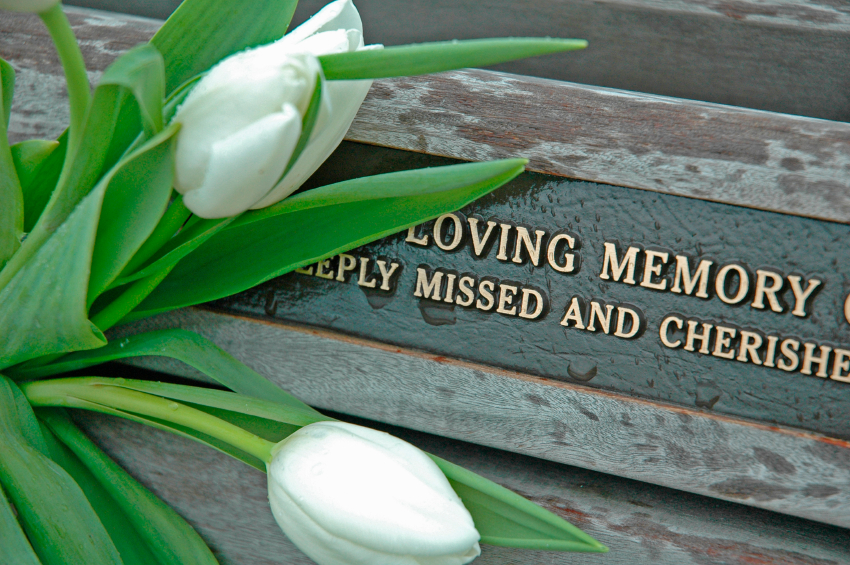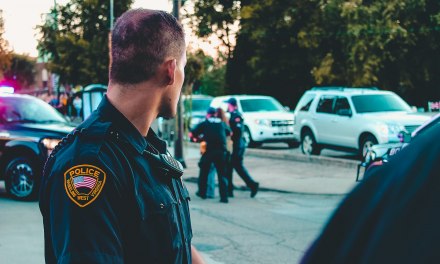From the medical examiner’s report on the recent tragedy in Minneapolis: George Floyd tested positive for coronavirus at time of death, as well as for fentanyl, methamphetamine, and cannabis. No amounts given. It’s possible he wasn’t aware of the precise contents of the drugs because, well, there’s so much cutting and pasting going on. You can’t be sure what you’re buying, even from a trusted source.
There’s no suggestion that either the virus or the drugs played a role in his death. The ME’s report also noted a history of hypertension and heart disease, which shouldn’t surprise anyone in a 46 year old American male. That’s almost expected.
As I watched video of the incident, I recalled an incident from my early 20’s when I worked as a tech in an acute mental hospital. That day a nurse and I were the lone staff on duty when a male patient in his early 50’s made a serious move to hurl himself off the balcony. He’d been on suicide watch earlier so I was able to intercept him. He was strong enough that I wasn’t able to hold him by myself, so I did the next best thing and took him to the floor, sprawling atop him so he couldn’t get up again and resume his attempt. Suddenly I heard him gasp and say “I can’t breathe, man, you’re too.. you’re too…” And I was up and off him in a flash.
There’s something about the fear in someone’s voice when they can’t breathe that’s unmistakable. That’s how waterboarding works, right? It sure got my attention. The nurse arrived to help and a moment later he seemed fine.
But I never forgot the lesson.
So I wondered, how could the officer have failed to realize it that day in the street? Was he not paying attention? Did he just choose to ignore it?
I suppose when this all gets to Court we’ll hear an explanation that will ultimately leave me unconvinced. Was this what the officer was trained to do in such situations? I was under the impression such techniques, including choke holds, were universally banned. Sure, they’re fine for putting someone to sleep. The problem can be waking them up again.
I did a bit more research and discovered that the use of neck restraint by police departments is actually rather common. The Minneapolis police used the technique 237 times since 2015. In 44 of those cases, the subject had been rendered unconscious.
It doesn’t have to involve the neck. Just sitting or laying on top of someone can in the right circumstances prove fatal. Here’s a case that involved a fight in a karaoke lounge. Others were trying to restrain one of the combatants. Same thing happened: “I can’t breathe.”
I guess that isn’t enough warning for some people. In the Minnesota incident, was it Floyd’s size (6’6”) that made them fear letting him up? That perhaps they couldn’t regain control if they did?
Again, this will be brought up during a trial, either to clarify or perhaps to muddy the issues. I wish I had more confidence that the legal process will find the truth of what happened.
Justice, perhaps. Truth is a different matter.













